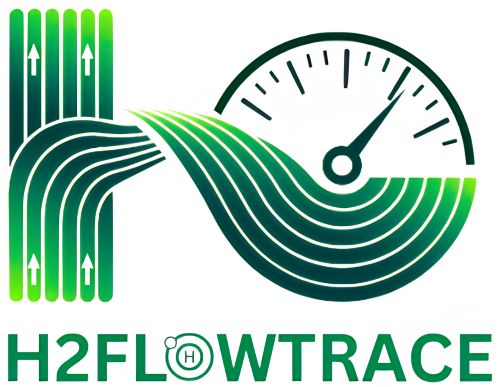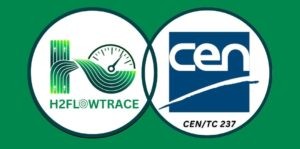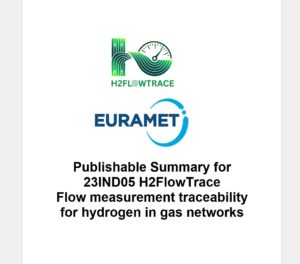On February 2025, our first meeting with H2FlowTrace Stakeholder Committee members took place, with 18 different external organisations attending. The meeting started with an overview of the context, key metrology barriers and objectives in relation to flow measurement traceability for hydrogen in gas networks, by the coordinator of the project, CESAME.
Consortium participants then went through the plans of each Work Package (WP). In WP1, METAS explained that the dimensioning of nozzles and holder was concluded and they were ordered. The next steps include the calibration of nozzles and development of the protocol for intercomparison between different labs. In WP2, PTB confirmed that the first mapping was conducted for the development of the metrological infrastructure for measuring pure hydrogen and hydrogen enriched natural gas (HENG) at high flow rates. The design of the program for pre-validation also started.
In WP3, VSL explained how transfer skids and bootstrapping will help to remove current barriers, make hydrogen flow traceability accessible and potentially promoting new calibration services for hydrogen applications. The Small Scale Transfer Skid (SSTS) and Large Scale Transfer Skid (LSTS) are currently under development. With regards to the evaluation of gas meters in WP4, NEL TÜV SÜD started reviewing past research to identify knowledge gaps on calibration methods, types of meters and gases used, etc. This will be used to prepare the test plans for domestic and industrial meters, with a workshop planned after 1 year of project initiation to get stakeholder feedback before moving forward.
Finally, GERG highlighted the importance of impact in WP5, notably the interaction with stakeholders to seek for advice and collaboration, as well as the communication/dissemination channels available to follow the progress of H2FlowTrace.




